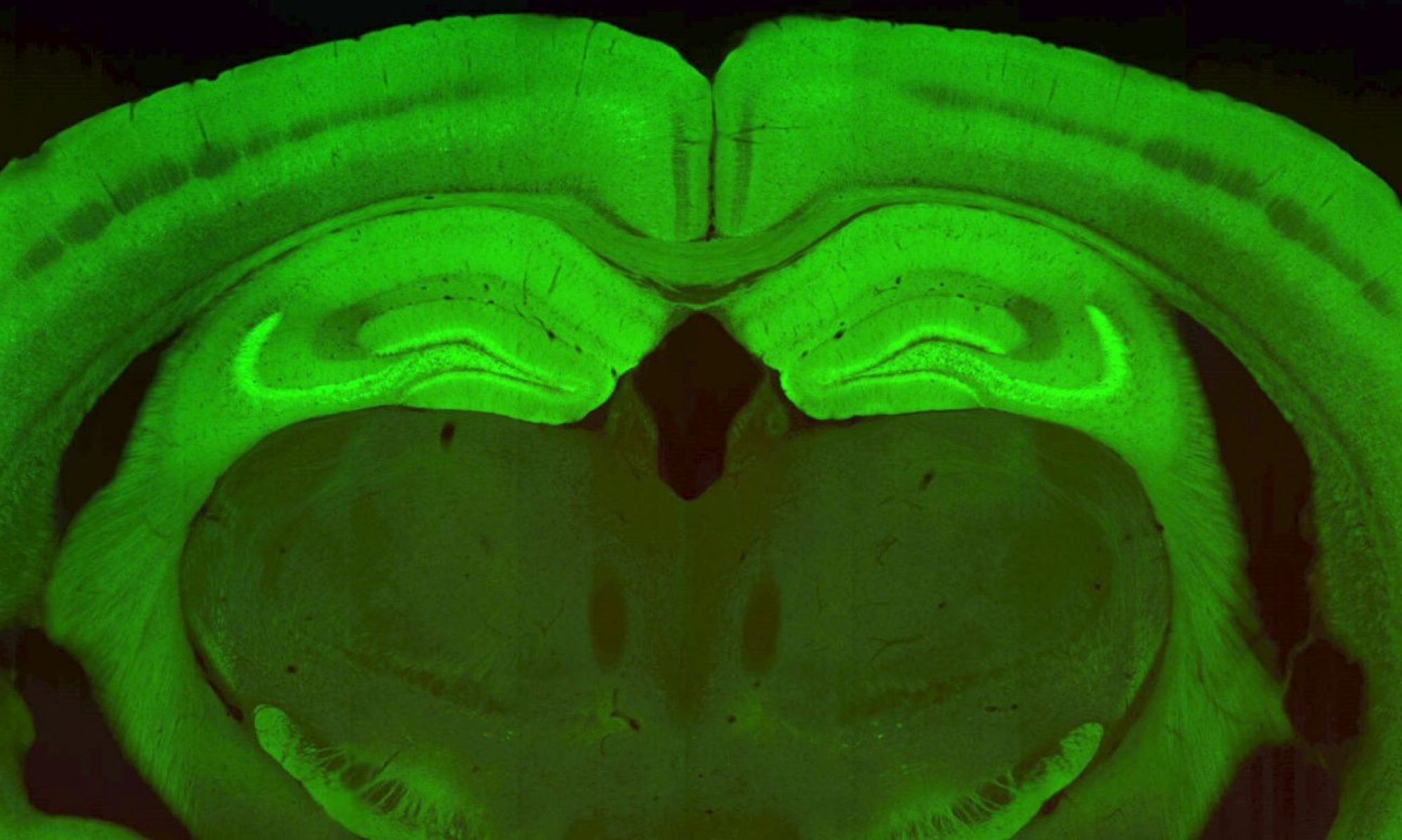trandv1@uci.edu
INTRODUCTION
Hello! I’m David and I’m an Undergraduate Assistant working under Ivan Skelin at the McNaughton UCI lab. I used to help with Aaron Wilber’s research at UCI before he moved to Florida to continue his work. I’m grateful to be in the lab and I tend to be interested in the coding and analyses portion of the research. In regards to what I have done, Aaron had all of his undergraduates assistants (UA’s) proctor and record behavioral tasks that gauge the level of impairment and hippocampal realignment.
RESEARCH PROJECT
For my own independent tasks, I maintained the Google Drive for standard operating procedures (SOP) for behavioral tasks and virtual reality (VR), automated and fine-tuned some of Aaron Wilber’s MATLAB scripts, and crafted my own scripts to help Aaron with his research. One of the scripts I made outputs the number of stims and number of trials to Excel, where the percentage of correct trials is calculated.

Figure: Plot that shows the results of the percentage study. We hypothesize that as the delay requirement for actual stimulation in the reward zone is increased, the percentage of actual stimulations will decrease significantly more in 6 months 3xTgAD mice vs. age/sex-matched controls.
I found the spatial orientation task (adapted from Rosenzweig et al., 2003) rather interesting from Aaron’s research. The reward location is always fixed within the virtual room (purple box not visible to the mouse). The mouse is required to remain in the reward location for the duration of a delay period in order to obtain a reward. At the end of each trial the animal is teleported to a new randomly selected start location. The mouse gets position information from both self-motion and virtual room cues and is required to utilize distal virtual cues to obtain an accurate position in the real (not shown) or virtual environment and obtain the reward.
Under Ivan Skelin, I have had the opportunity to work more with MATLAB coding and data analysis. My current project is to help Ivan determine when the rat is in REM sleep during hippocampal input recordings and utilize motion detection technology, MATLAB coding, and software optimization to further analysis. Memory-related problems present a huge burden on the health system and they are projected to grow over the next several decades. A range of human and animal studies has implicated that the hippocampus, a brain structure in the medial temporal lobe, is necessary for the formation and consolidation of new memories. This process is hypothesized to depend on the communication between the hippocampus and cerebral cortex, whereby the hippocampal input links together the different sensory aspects of the particular episodic memory. In order to better understand the influence that the hippocampus exhibits on cortex, we utilize the unilateral hippocampal lesion model and perform recordings that last up to 4 weeks.

